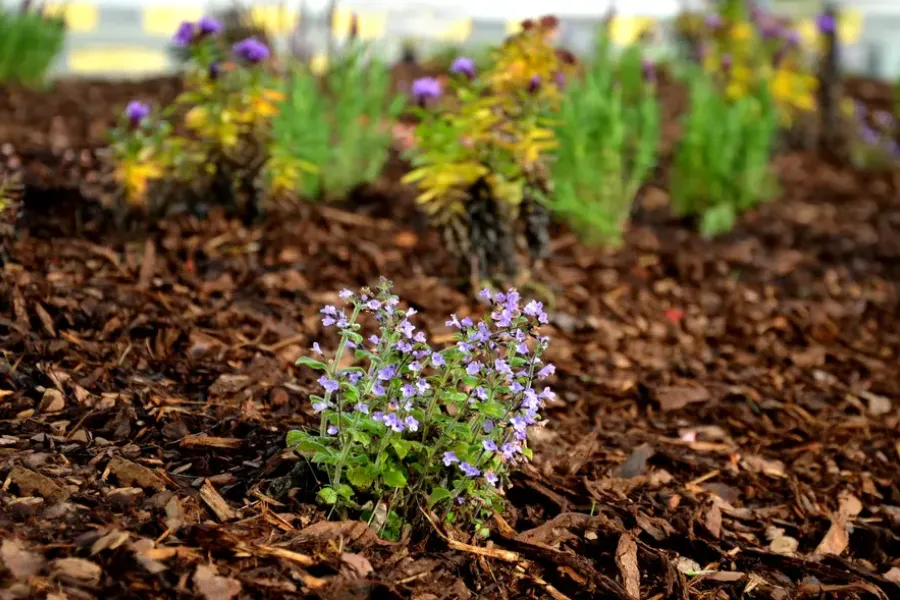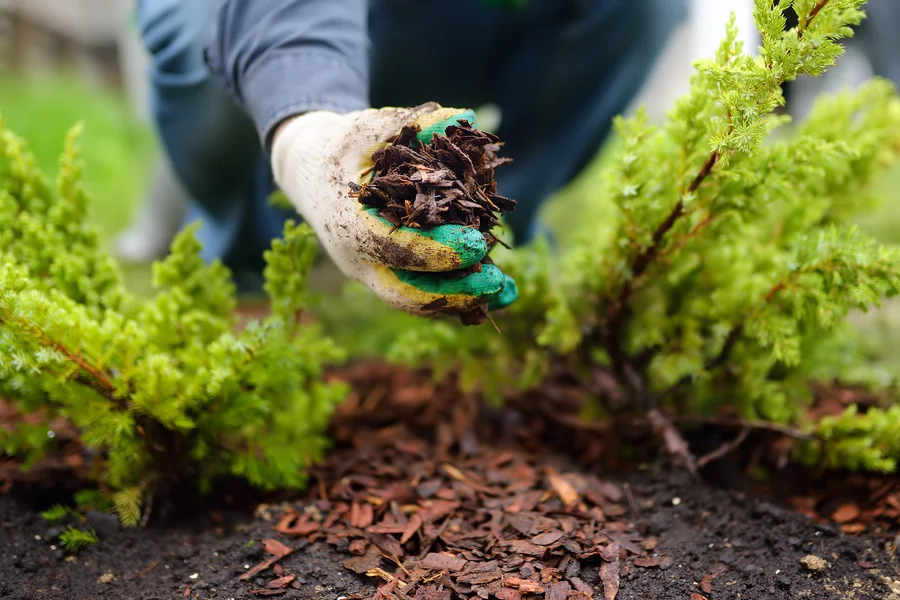Understanding the Importance of Plant Protection in Extreme Conditions
Plants face many challenges during harsh weather. Whether it is scorching heat, heavy rain, or freezing temperatures, these conditions can stress your garden. Protecting plants from these extremes is essential. One effective way to shield them is through careful ground covering techniques. This approach not only helps retain moisture but also regulates soil temperature. It’s crucial for maintaining healthy plants throughout the year.

The Role of Protective Ground Cover
Covering the ground around plants creates a protective barrier between the soil and the elements. It helps keep moisture in the soil, reducing the need for frequent watering. Additionally, this cover acts as a shield against weeds that compete for nutrients and water. The right technique ensures that your plants get what they need to thrive.
Enhancing Soil Health With Mulching
Using mulch improves soil structure by adding organic matter as it breaks down. This process enriches the soil with nutrients, making it more fertile over time. Furthermore, mulch reduces soil erosion during heavy rains, keeping your plant roots secure. The benefits of mulching extend to creating a healthier environment for beneficial organisms that support plant growth.

Choosing the Right Material for Effective Coverage
Selecting the right material is crucial for optimal results. Organic options like wood chips, straw, and leaves are commonly used for their natural properties. They decompose over time, improving soil health. For more durable options, consider synthetic materials like landscape fabric or rubber mats. Each type offers different benefits, so choose based on your specific needs and environmental conditions.
Key Benefits You Can Expect
- Reduced water evaporation and increased moisture retention
- Improved soil nutrition and fertility
- Enhanced weed control and reduced competition
- Temperature regulation around plant roots
- Protection against soil erosion
Tackling Common Challenges With Ground Cover Techniques
While effective, using mulch requires some planning to avoid common pitfalls. Applying too much can suffocate roots by blocking air flow. Also, certain types may attract pests if not monitored regularly. Ensuring proper thickness and regular maintenance helps mitigate these risks. Understanding your local climate further aids in adjusting your strategy accordingly.
Implementing Best Practices for Success
- Start by clearing the area of any existing weeds or debris.
- Lay down the chosen material evenly across the designated area.
- Ensure a depth of about two to four inches for optimal effectiveness.
- Avoid packing it tightly against plant stems to prevent rot.
- Monitor the condition regularly and replenish as needed.
Cost Considerations and Long-Term Value
Investing in quality materials might seem costly at first but offers long-term savings by reducing water usage and minimizing plant loss. Balancing initial expenses with potential savings over time makes this investment worthwhile. Furthermore, consistent use enhances your garden’s overall health, leading to less frequent replacements or repairs.
Your Pathway to Healthy, Resilient Plants
If you’re ready to elevate your garden’s resilience against extreme weather, reach out today. Call us at (509) 792-9633 to learn how we can help you achieve vibrant plants all year round. Located in Bremerton, WA, our team at Flowers And Colors - Landscaping specializes in sustainable gardening solutions tailored to your unique needs. Don’t let harsh weather take a toll on your hard work-let us guide you toward a flourishing landscape.